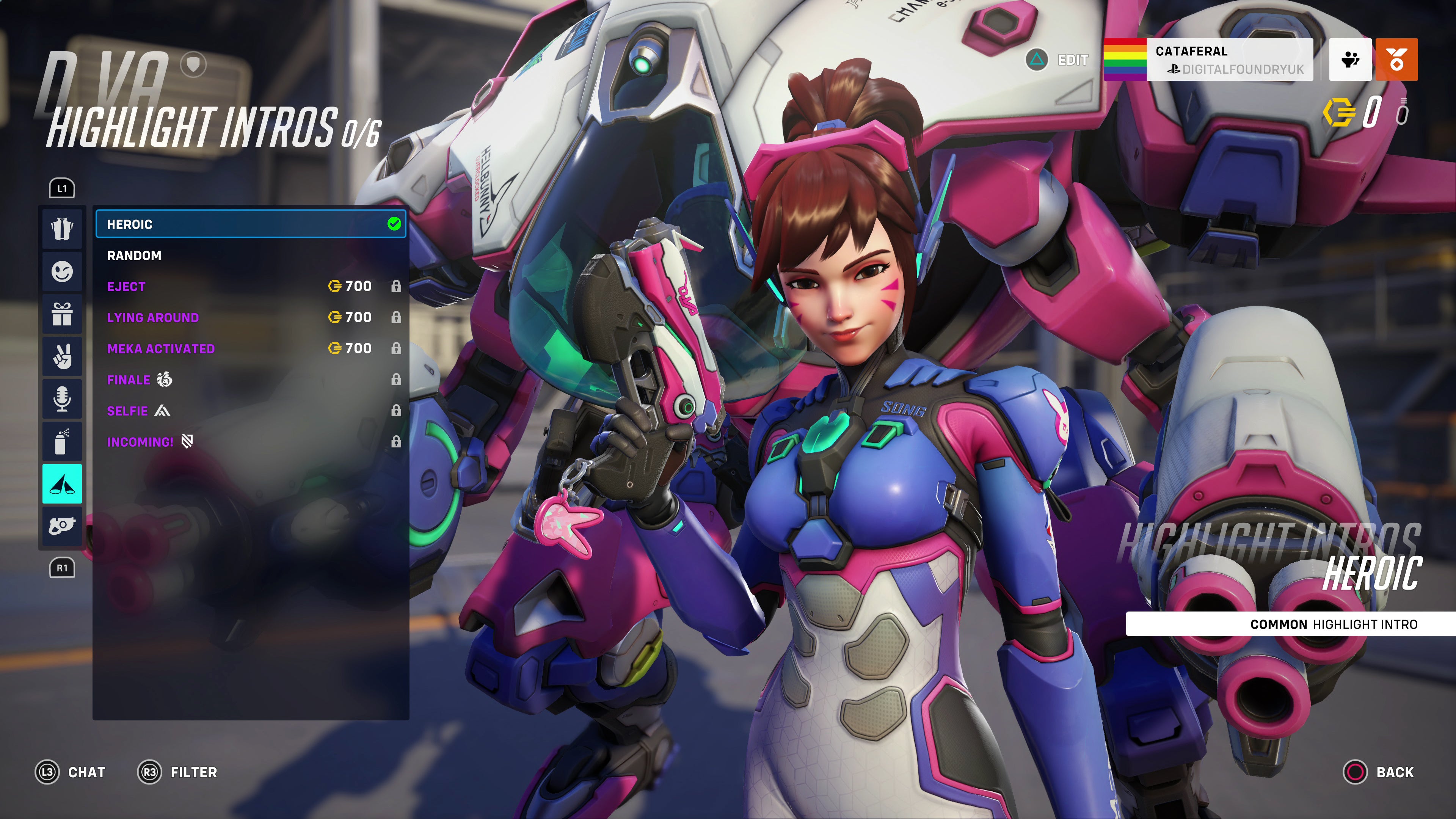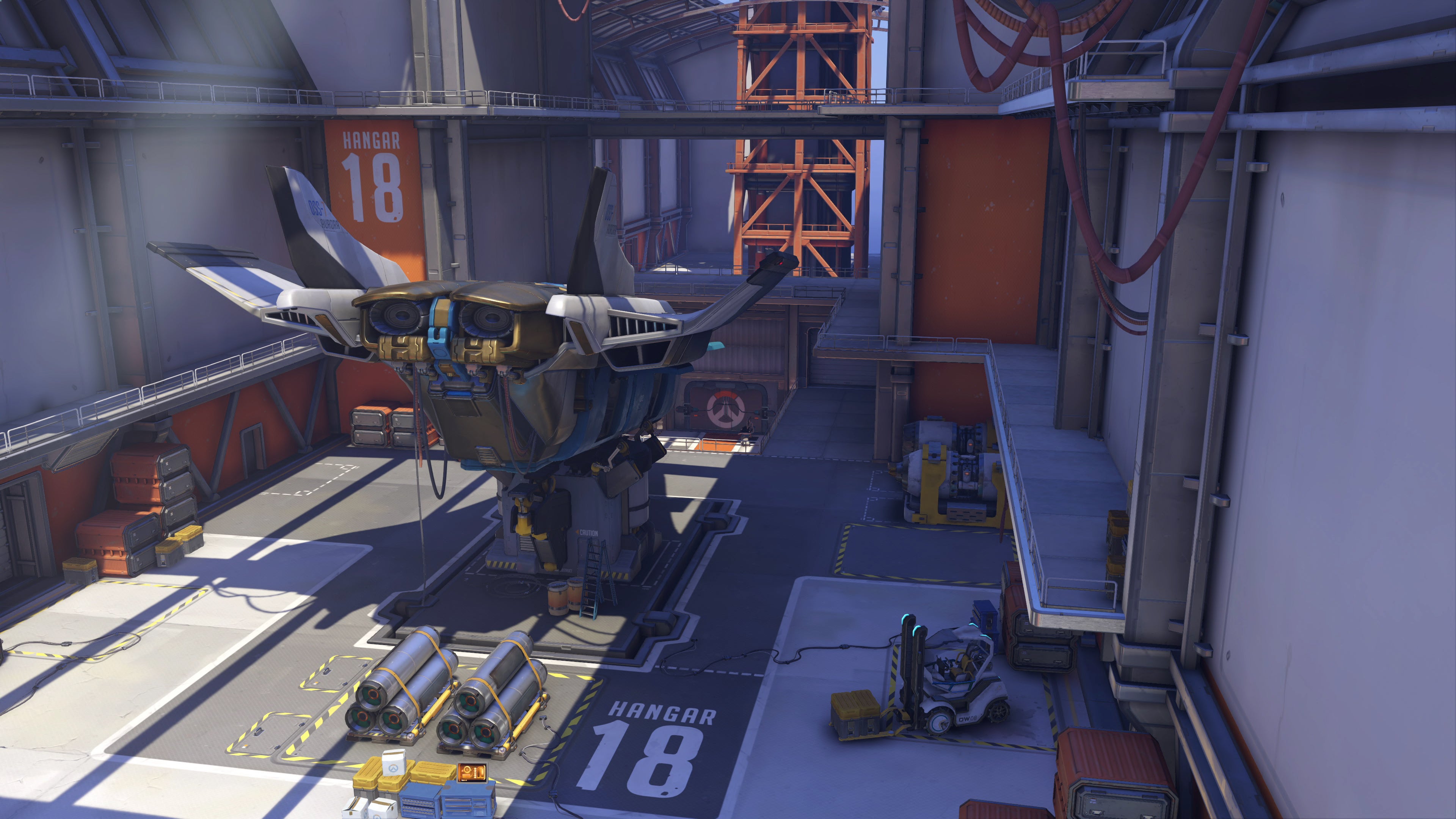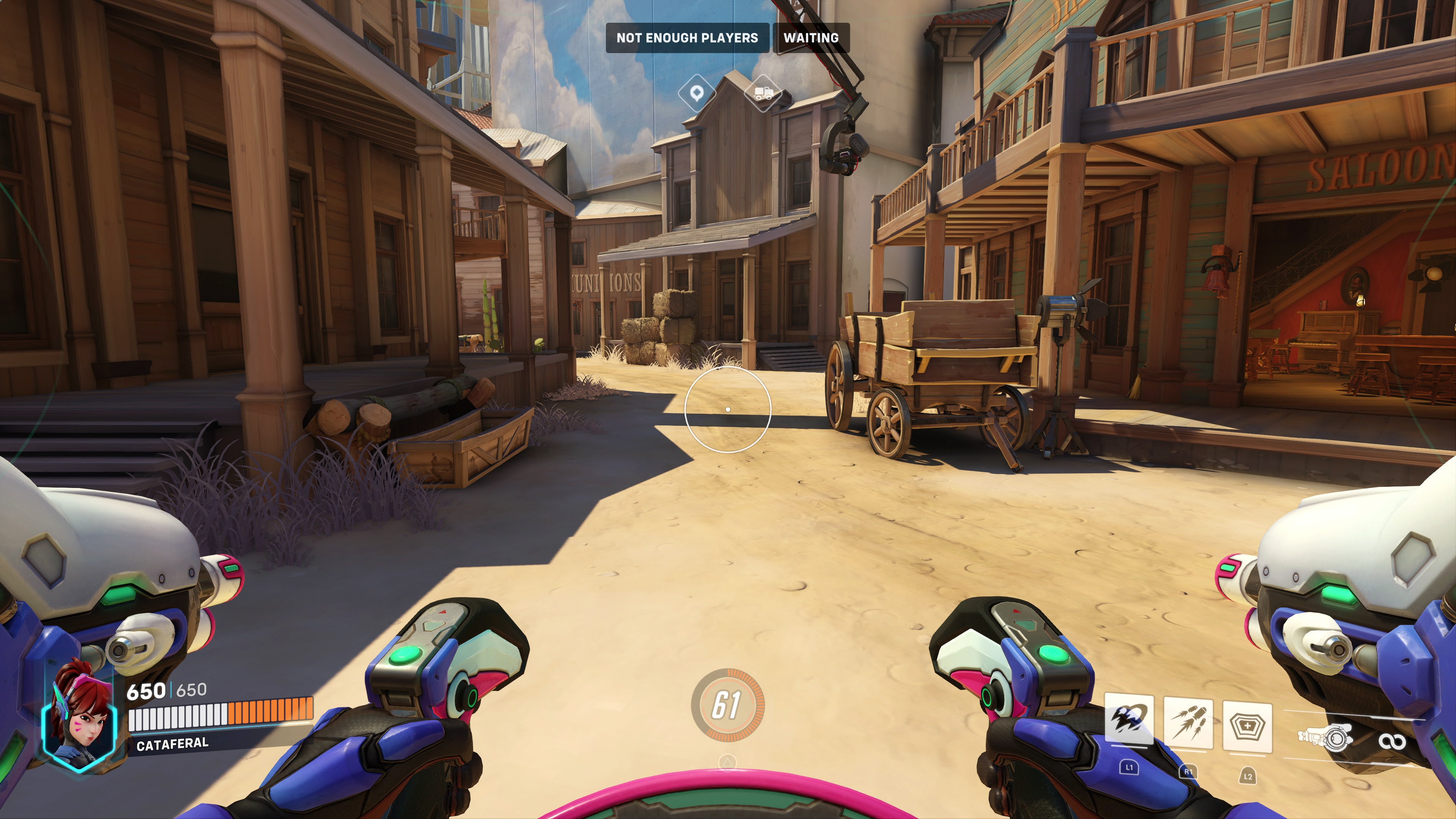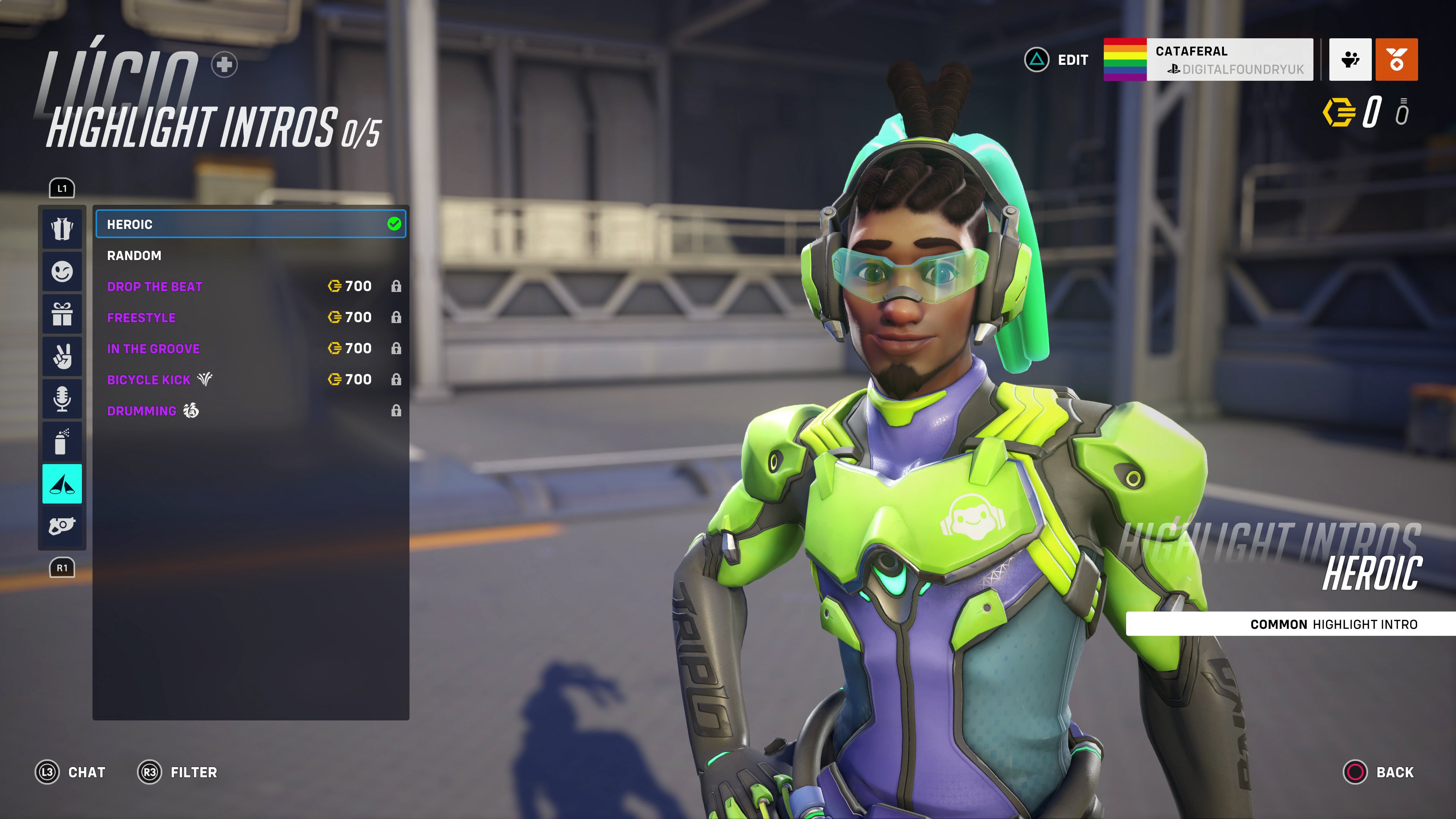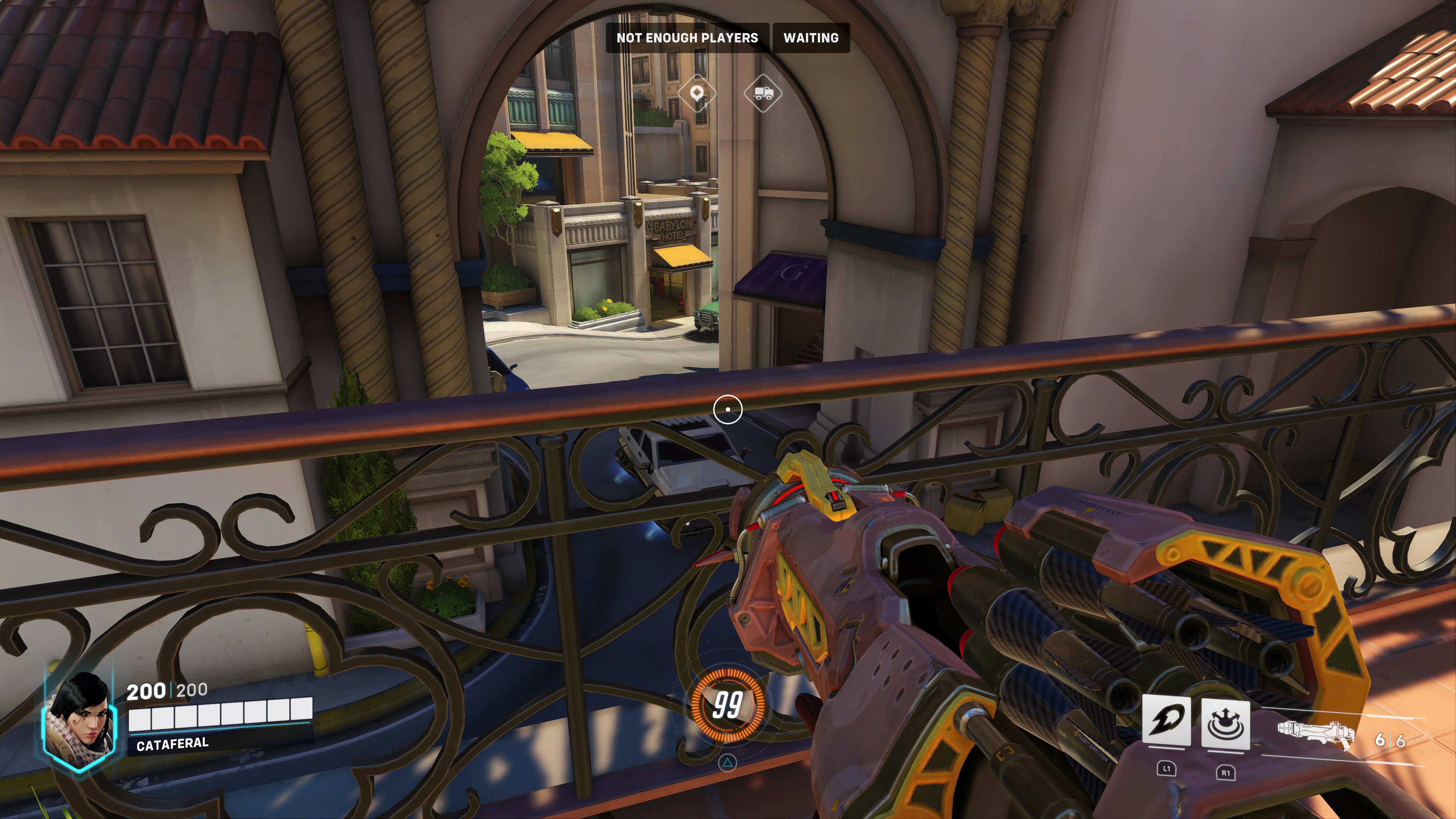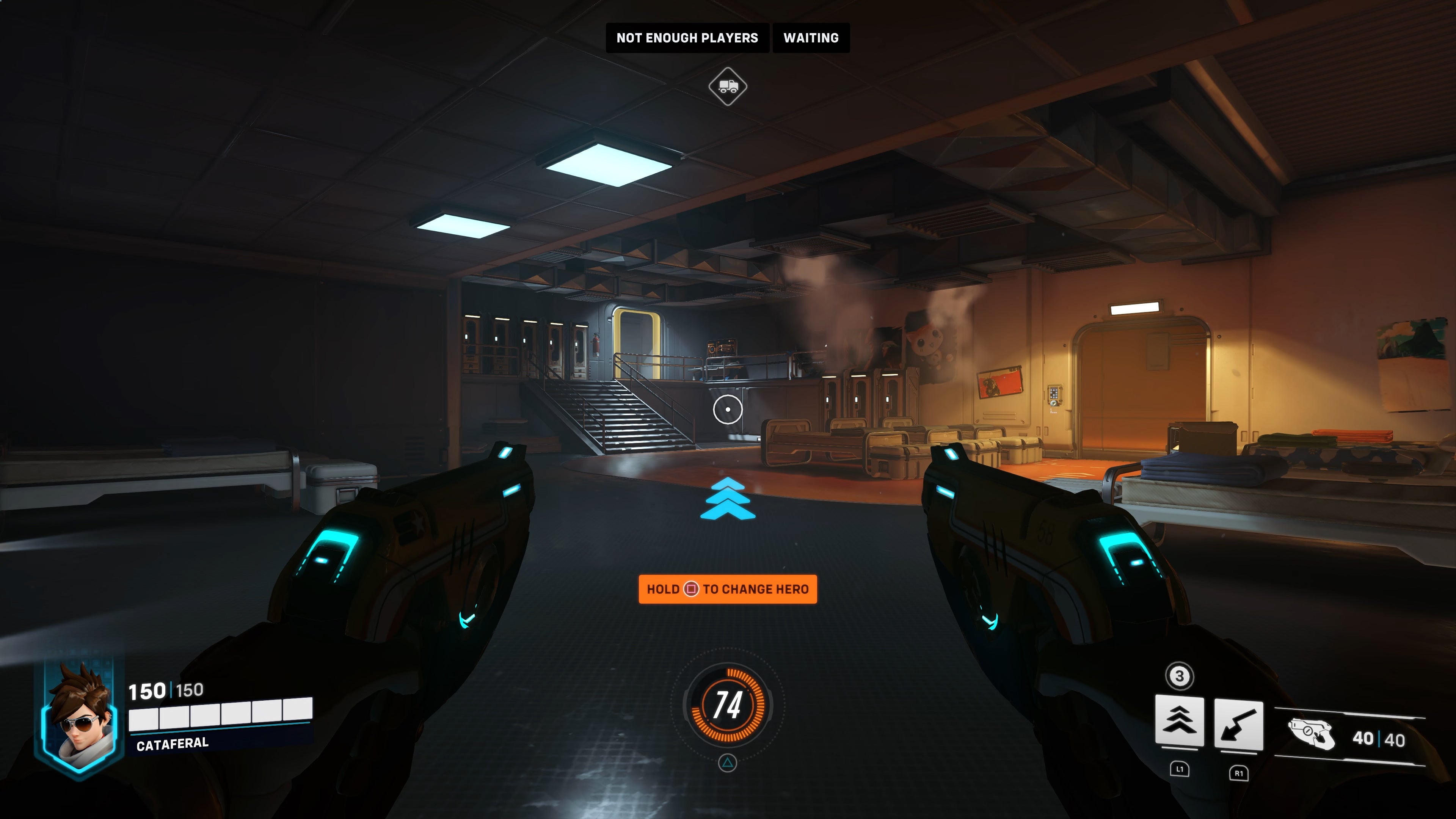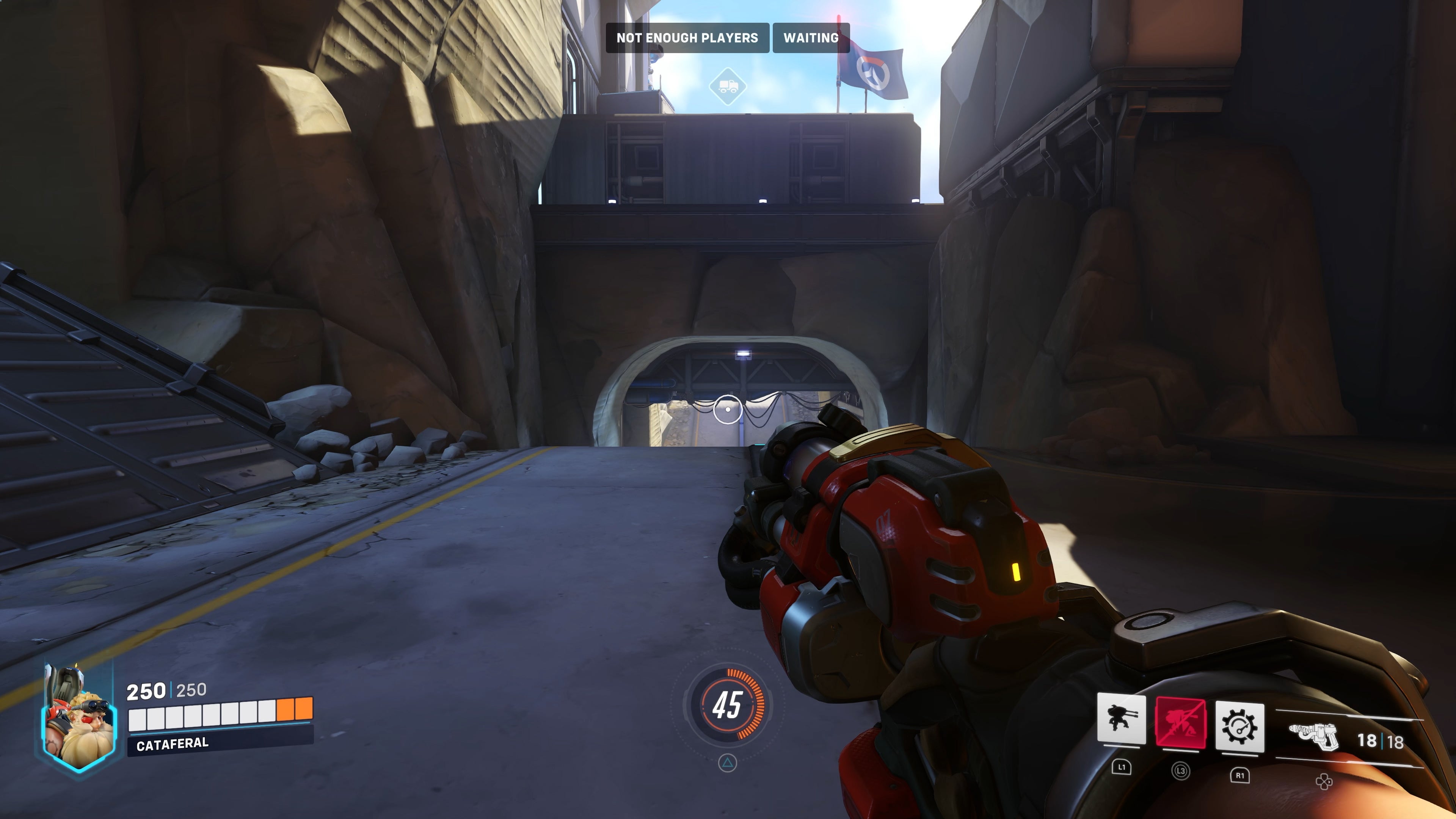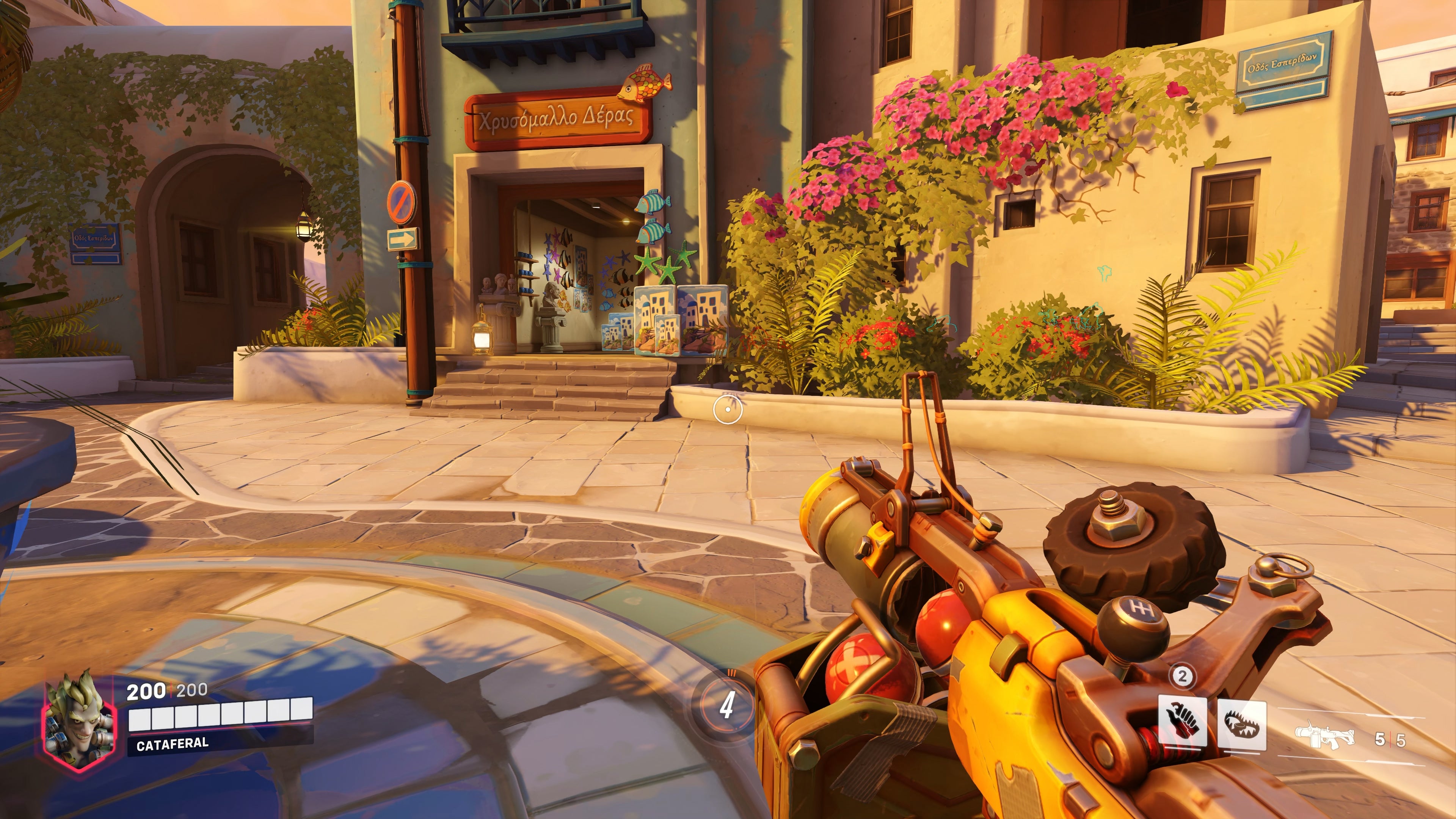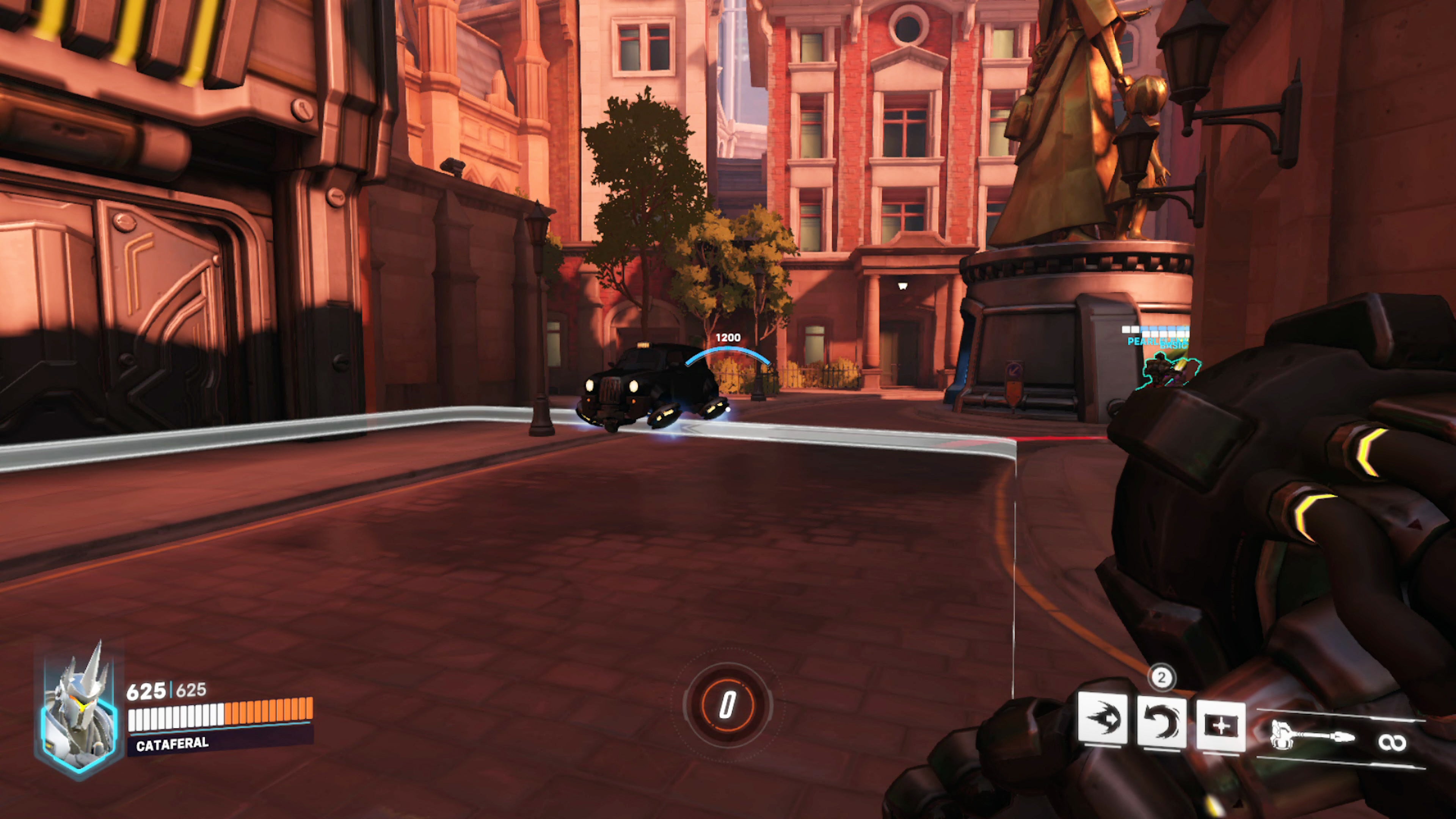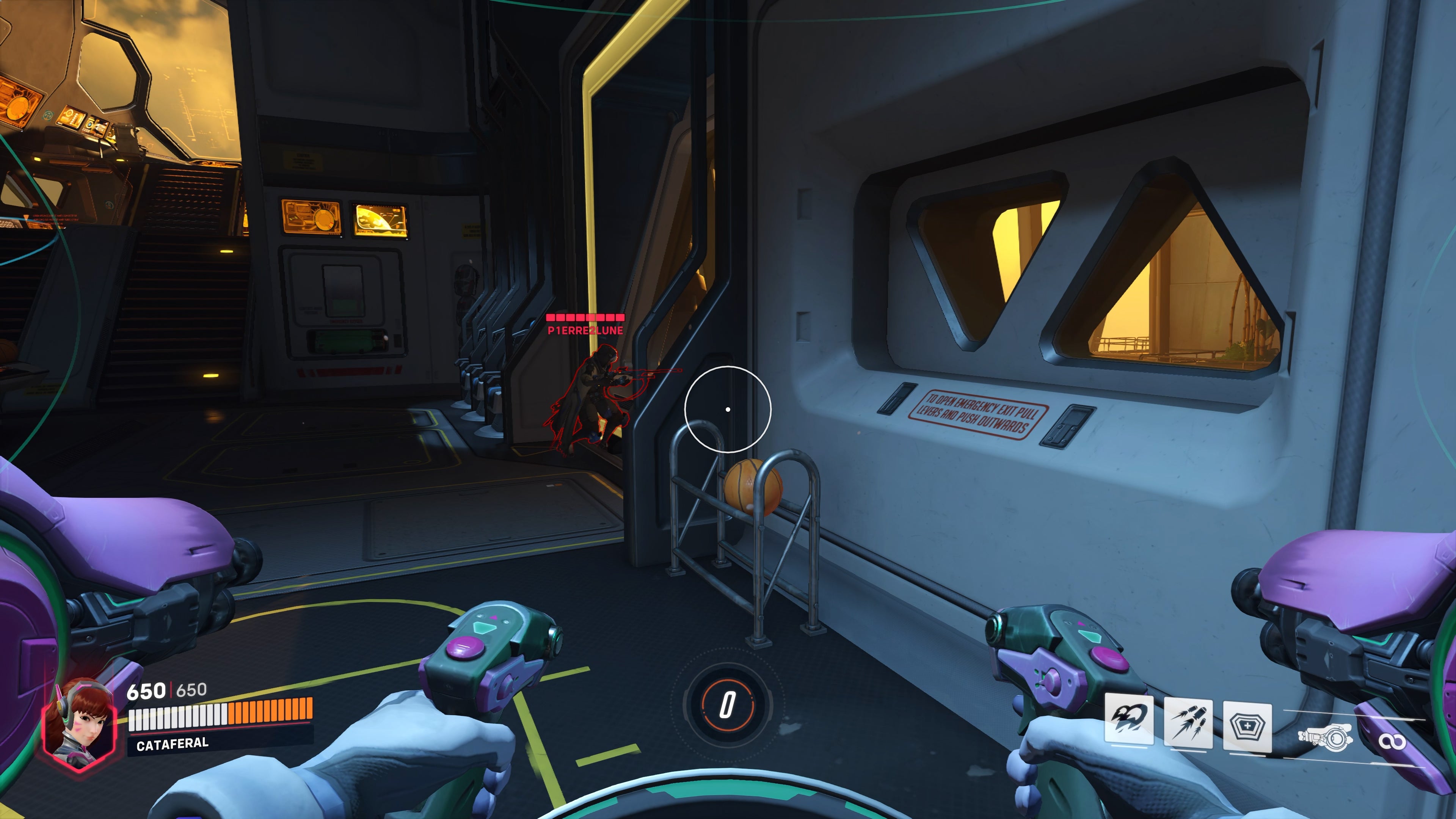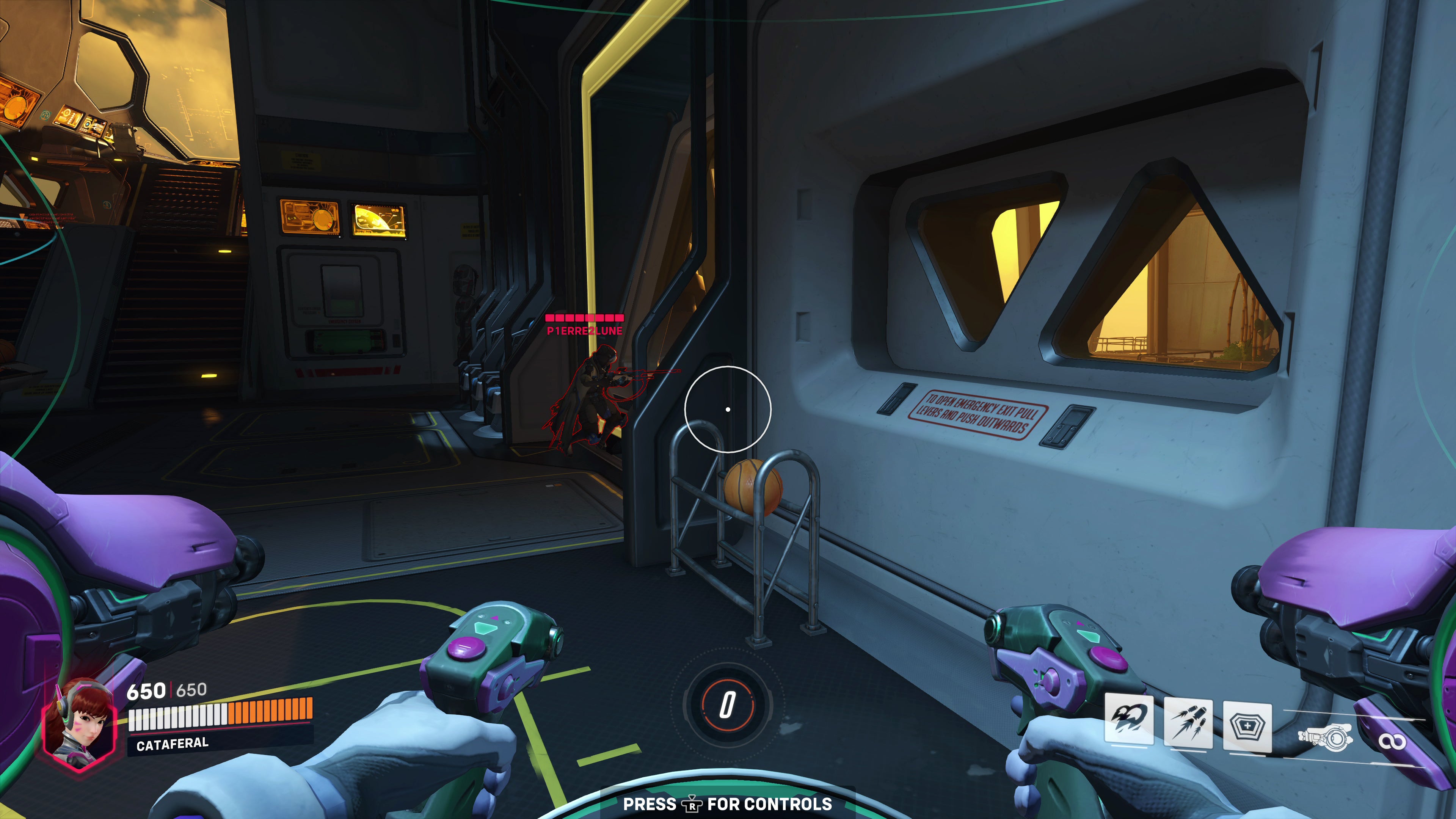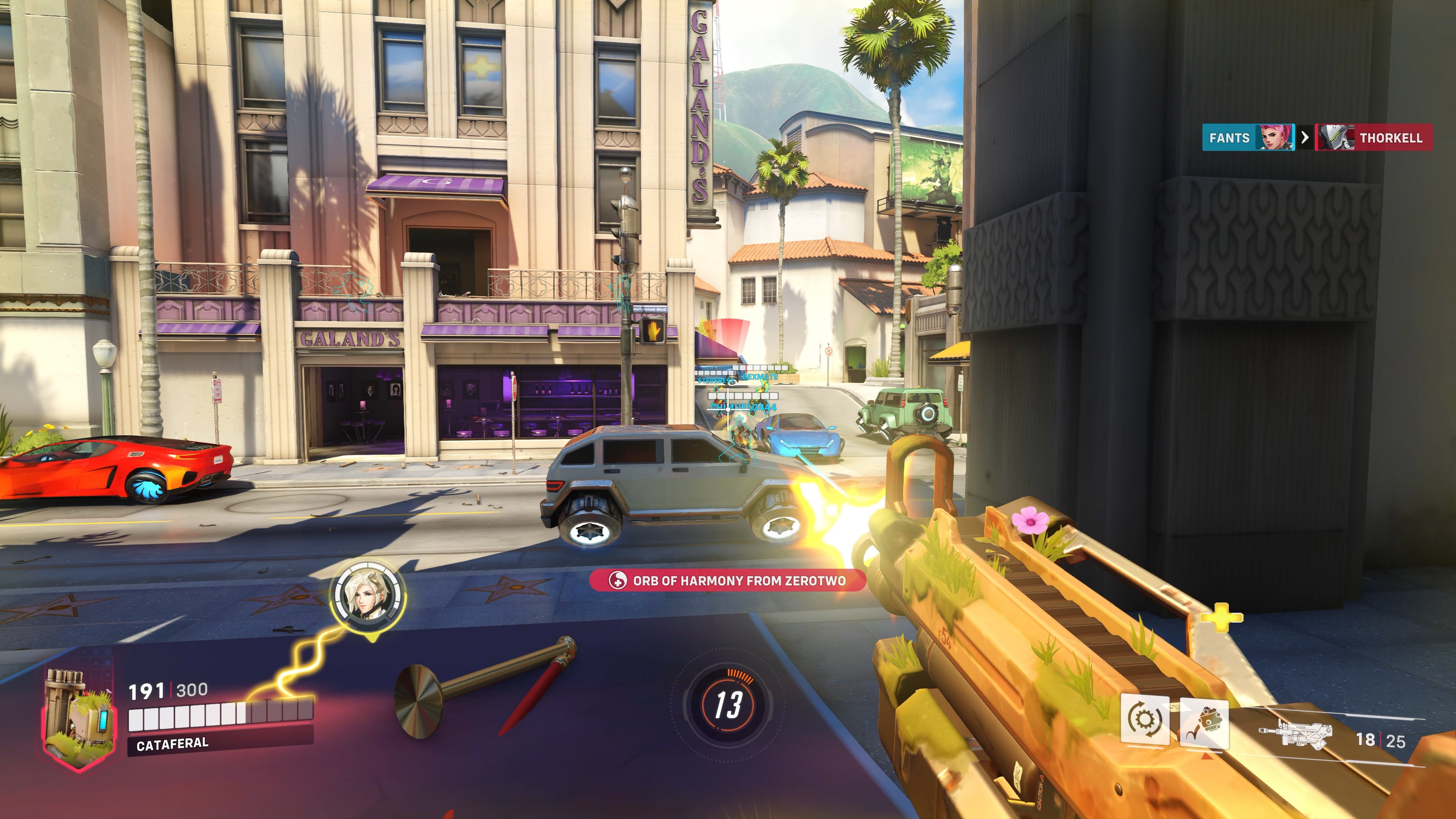Outside of the tech, Overwatch 2 is now a free to play game. That’s big change number one; it’s free for anyone to download and play and much like Fortnite or Warzone, the model now revolves around season battle passes. It makes sense really: it wouldn’t have been fair exactly to charge the fanbase all over again for what - again - amounts to more of a big patch update. The second change is more impactful to long-time players: Overwatch 2 moves to 5v5 matchups - rebalanced from the bigger 6v6 games of the original. In my experience, dropping a player each side tightens the experience. It makes the action clearer to decipher and in the process, helps you figure out what hero change is needed if you’re falling behind. To make the most of 5v5 games there are also six new maps. Most of these are beautifully realised, like the colourful Paraiso or busy New Queen Street - and a majority support the game’s new push mode. Add in new heroes like Kiriko, Junker Queen, Sojourn - plus myriad changes to abilities for the existing roster - and the upgrade to Overwatch 2 is transformative to the regular player, but should be familiar to the passer by. Technically, Blizzard says its engine now has improved lighting, fog, cloth physics, plus updated shaders and particle effects. In practise though, the most stark change to maps is the altered time of day. Take the King’s Row stage for example, where we get a transition from night to more of a lighter dusk setting in the sequel. The technical updates take a backseat here in terms of impact. Running the same test on a map like Hollywood - where the time of day stays the same - it’s easier to pick out changes in the technical sense. Ambient occlusion is altered in Overwatch 2, giving a darker, thicker appearance to its nooks and crannies and other shaded areas. And meanwhile, shadow maps on the foliage on the floor appears lighter - something that applies across the game. These aren’t major upgrades clearly - more fine tweaks. Running other levels side-by-side, again it’s clear that most textures and materials are identical in Overwatch 2’s maps. It’s really the shading that makes the difference. There are exceptions. The tutorial level in the armoury actually shows the sequel with more reflective materials, for one - a rare instance where there’s a visible change. In other maps, there’s added smoke billowing from vents above. In the main though, what we’re getting is often art-driven rather than a technical feature; a remix of a level using similar engine, just presented in a new way. The win-win scenario here for fans would be giving access to both old and new versions of the map, a toggle that I hope gets added in. There is genuine improvement in character rendering and fortunately these are entirely swappable in the menus as skins between the old and new. First and foremost, they are artistic redesigns to stay in line with Overwatch’s story but each new model also shows clear technical improvements too. Texture quality is bumped up in the new skins, for a start, replacing the low resolution mapping of the 2016 Overwatch designs. Equally, hair rendering is vastly improved on characters like Tracer, where there’s finer detailing of strands, and the specular layer over the top. Mostly this affects the character selection experience rather than gameplay, but still, all are welcome touches. Adding to the list of positives, HDR is added to PlayStation, Xbox and PC versions of the game at last. And, it is the first time PS5 gets a true next-gen app version of the game too. PS5 had previously relied on the PS4 Pro codepath for Overwatch, running at just 1080p with no extra modes. Today, PS5 is on par with the features on Xbox Series X, adding three graphics modes: a 4K resolution mode, a balanced mode that prioritises 60fps, and lastly, a frame-rate mode that supports 120Hz. It even gets very light adaptive trigger support - a faint resistance to pressure on the trigger pull - which for better or worse, I haven’t found a way to disable in the menus yet. The resolution mode is honestly the one to pick on 60Hz screens, giving you a dynamic 4K that drops to 2880x2160 at the lowest, though typically rests at the upper-end with a true 4K. Next along is a balanced mode, which typically just holds at 1440p to lock down 60fps permanently. Really, since gameplay already runs fluidly on resolution mode at 60fps, it doesn’t make a huge difference. The one major change is that character selection and menus run at 60fps in balanced mode, whereas in res mode they output at 30fps. And visually speaking, there is a subtle change to the way ambient occlusion and reflections appear between them - but nothing drastic. Finally, there’s the frame-rate mode. Again this targets 1440p, and adjusts dynamically to 1920x1440 in order to hold 120fps. Interestingly, the Xbox Series S version has the same features, just rendering at a lower resolution for each. That’s a dynamic 1440p on resolution mode, a mostly fixed 1080p in balanced mode, and then a dynamic 1080p in the 120fps frame-rate mode. The general sense is that Series S owners get a really great deal here: all the features are intact, even including 120Hz, which sadly hasn’t been a given this generation for the junior Xbox. Visuals are mostly a match too, the exception being in ambient occlusion: shading on PS5 and Series X is improved with more pronounced shadows in darkened interiors - while it appears SSR is removed on Series S for its resolution mode, too. Performance? In gameplay, it’s a locked 60fps throughout, essentially meaning that the balanced option is superfluous in the pure gameplay experience. The 120Hz frame-rate mode, in theory, should push the machines harder. However, PS5 and Series X are more than up to the task. With a drop to a dynamic 1440p, there’s GPU headroom to spare and there’s a nice 120fps lock. Anything less would have been a surprise. We have technologies like VRR supported too, but it’s not truly necessary when the reading is mostly settled at the top line. PS5 and Series X again show bursts of screen tear, and some drops in instant replays, but nothing major to note. The gameplay is otherwise watertight. And yes, that applies to the Series S version too, running at a dynamic 1080p. A success all round. Overwatch 2 comes to Nintendo Switch too. The technical make-up is just as it was in the original game: resolution-wise while docked, Switch goes for 1152x900 up to 900p running at 30fps and a dynamic 720p in portable play. Switch continues to lack SSR, misses ambient shading and lowers the texture quality - but Blizzard’s art direction is so strong that the game holds up surprisingly well regardless. Switch does suffer from sub-30fps drops every now and then but generally speaking it’s a surprisingly robust release at 30fps, just expect certain replays or big battles to take a toll. Despite its sequel branding, Overwatch 2 is really a major patch update - one that doesn’t quite earn the sequel status of its name and one that pushes its technology forward only in small, subtle steps. The higher quality hero skins, and the re-imagined maps are welcome but the real joy here isn’t in its improved ambient occlusion or effects, or anything else on a technical level. It’s in seeing something so familiar refreshed. It works as a free-to-play game, while the rebalanced 5v5 experience pays off. It’s a logical step for Overwatch, a much needed remix that bundles in new characters and maps for good measure - all of which might encourage lapsed players to return. Overwatch 2 is easily measured in terms of positives then. It’s not as radical an overhaul as you might think going in, though for Blizzard - and its fans - it’s a great chance to re-evaluate what they loved in the original and how to take it forward.
